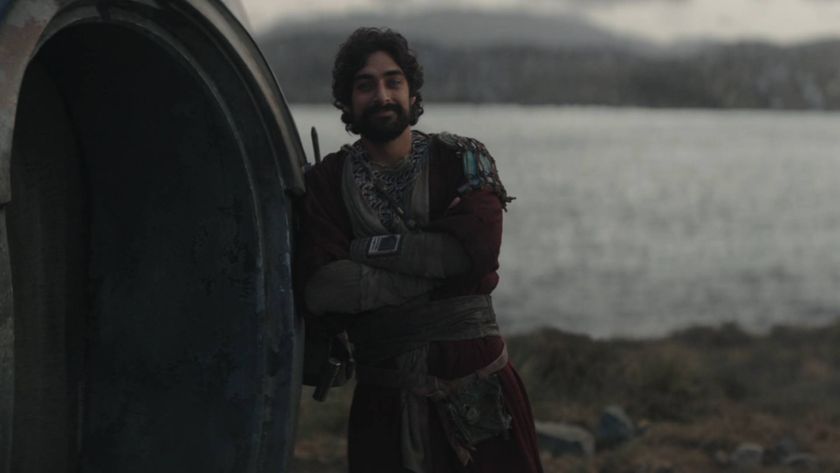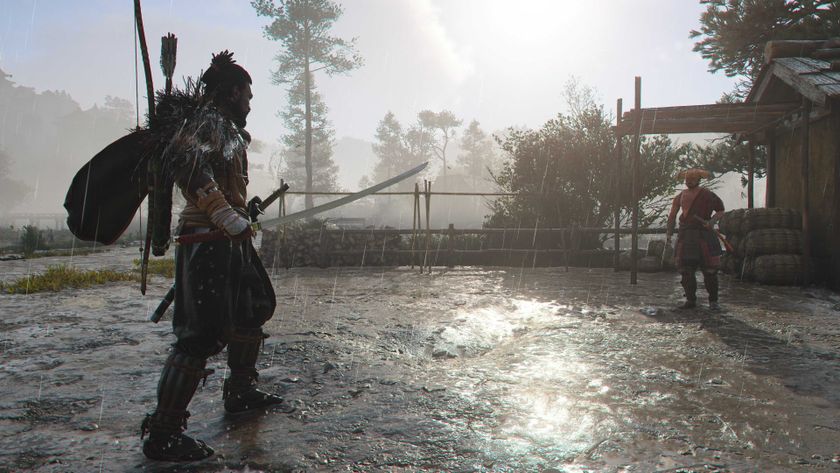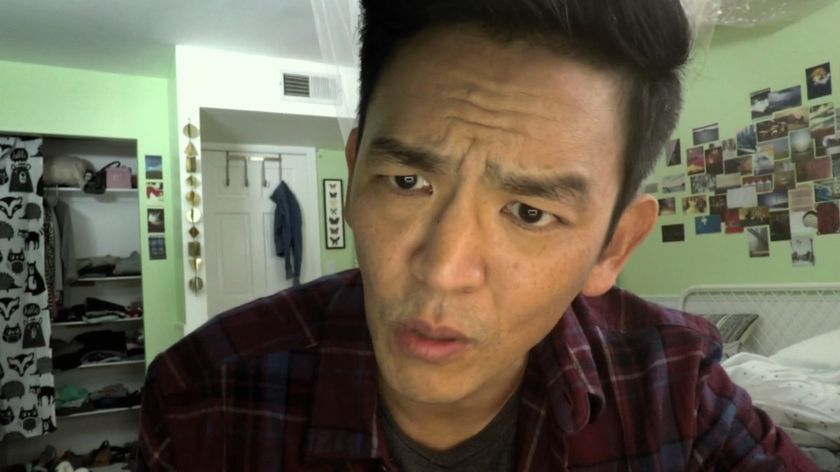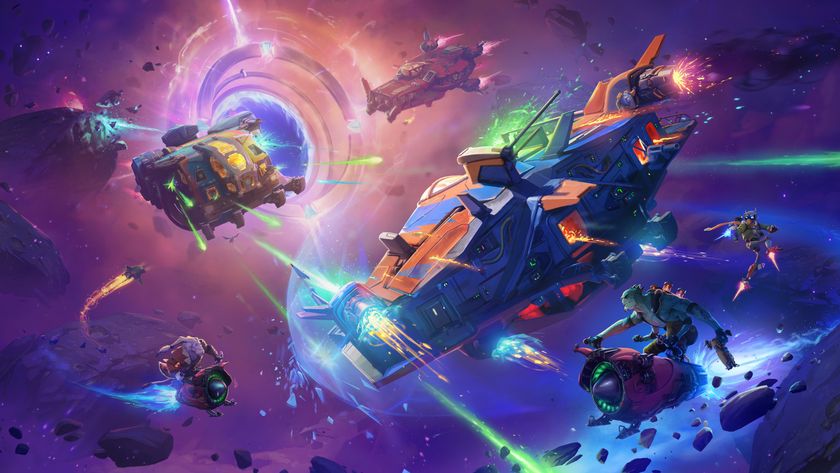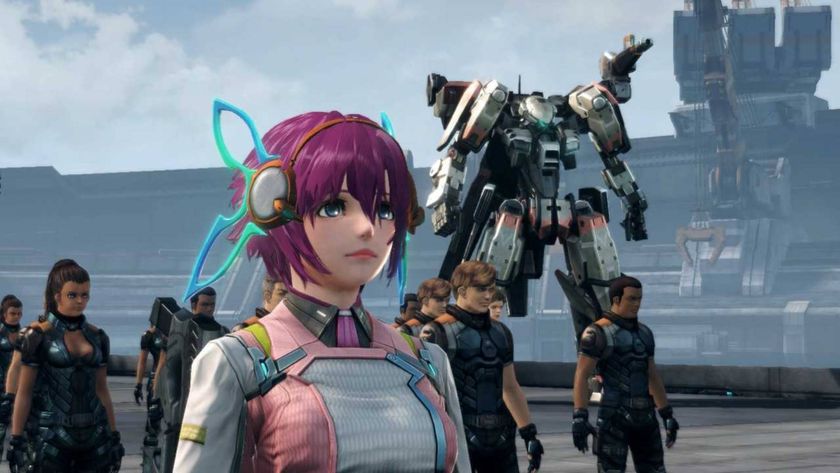Deus Ex: Mankind Divided is reinventing the art of the side-quest
Dayglo Susan, prime-champion of The Footprint City, has been climbing the steel-haired leg of a god for fourteen days. She carries nine Spheroids, each filled with a bright, steaming toxin milked from the scooped-out glands of the world’s manliest Reptile Gladiators. Now, she is on a vertical course to the Brain of the World, ready to fulfill her promise as The One Who Would Make Our World Go Sideways. Halfway up, she stops to do a tech-gnome’s taxes, because it asked nicely.
Vote for Deus Ex: Mankind Divided in the Game of the Year category at the upcoming Golden Joystick Awards 2016 and claim three games for $1 / £1 for taking part.
Side quests have long been the bugbear of anyone who tries to actually think about the realities of an RPG for a second. The Elder Scrolls games paint you as something like The Furious Samaritan, immolating anything and anyone as long as a half-impassioned case is made for it. Dragon Age: Inquisition introduces a world where a tear in space-time is farting out impossibly strong demons, but you invariably herd animals for 19 hours. Hell, even The Witcher 3 - which went a long way towards making wandering problem-solving an integral part of the game - had Geralt applying detective work to a burnt frying pan.
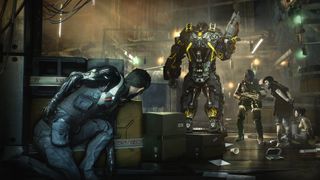
Eidos Montreal doesn’t want that to happen with Deus Ex: Mankind Divided. “I hate ‘side-quests’ and ‘side-missions’ as a term,” says gameplay director, Patrick Fortier, “because I love them so much in gameplay, and I feel it belittles what they actually are. I think the philosophy here was not have a tremendous amount of them - we invested in deeper stuff, and twists in terms of the gameplay.”
“You can tell that there’s less of a system behind them,” adds Jonathan Jacques-Belletête, executive art director. “We don’t just have 53 variations of fetching an object.”
It’s a design style that should lend Mankind Divided a feeling of pace almost constantly, a background hum of action that doesn’t dip below ‘I could be onto something’ levels.
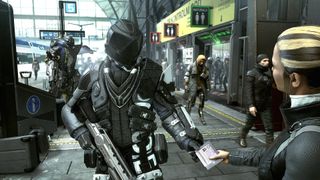
“Adam Jensen is on a very important mission,” explains executive narrative director, Mary DeMarle, “so anything that’s going to pull him away from that has to have weight. It has to be something so important personally that it’ll pull him aside, or something that will reflect the themes of the game in a different way or maybe shed light on some of the factions in the game that you can’t get from the critical path.”
Sign up to the GamesRadar+ Newsletter
Weekly digests, tales from the communities you love, and more
The idea is that any detour will feel like it could help you understand Jensen, the main story, or the world a little better at the end of it, a recursive design that keeps you looking and moving simultaneously. And even if you do get bored, DeMarle emphasises that the quests can be stopped and left alone - which in itself will impact your story:
“Let’s say a side mission is a hundred page script. When I play it I get ten minutes of it because I decided that’s all I want. You on the other hand are like ‘Wait a minute, that’s intriguing, I want to follow up on that’, and you end up meeting new characters and have other things happen as a result.”
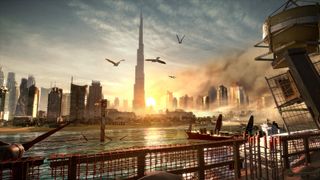
Most intriguing is how side-quests don’t just support the main story, they can tie into it, becoming part of how it plays out, without you ever knowing - as DeMarle puts it, your actions in the wider game can “haunt” the critical path through the game.
My hands-on snapshot of the game gave a taste of how that could come about. During the tutorial mission, an optional objective appears at the climax, asking you to keep an undercover, under-fire agent alive in a gunfight. If, like me, you ignore that to snipe slowly at goons from a mile away, he dies without much ceremony - to which your buddies on the mission respond with outrage (specifically, a fake-Scottish soldier calls you a “great fucking bellend”, which is unintentionally hilarious).
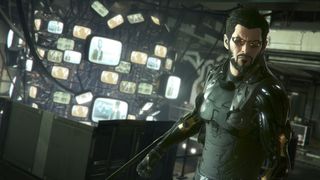
I’m assuming this will have consequences for the rest of the game, that this agent could have helped with Jensen’s dive into the underworld. But, as Fortier makes clear, there’s always the chance it might not:
“The key thing for me I think is the effect can be big or small. The fact that we offer both means that you’re never quite sure as a player, and I kind of like that. It keeps people on the edge, keeps them guessing, so you have to make sure that you’re comfortable with your line of action before you do it.”
That indecision is perhaps the more exciting way to make side quests relevant. If Eidos Montreal made every single one inadvertently world-changing, it would feel as false as if they were all meaningless. But that some of them could progress to have truly powerful effects on your version of the game makes it all the more enticing to explore this place.

“Players might not even know they’re on a side-quest,” says Fortier. “It’s going to feel like they’re on a main quest. What I love about them is that we get to explore other sides of themes that we’re dealing with, and on a more human level. Those are the quests that often stay with you and make the world gel together, so to me they’re fundamental. They’re what wraps the whole thing and makes it a believable world and not just a series of objectives that you’re doing in order to complete the game.”
What if saving that agent gave me a new set of quests, taking me to whole new areas earlier than other players could get to them? What if my choices in conversations lead me to a main mission for entirely different reasons to another version of Jensen? What if those gnome taxes inadvertently paid to fortify the defences at the perilous Loin Bridge, making Dayglo Susan’s anointed trek all the more treacherous? These are the tiny interactions that can turn an aside into a plot point, something to remember - something all side-quests should aspire to be.
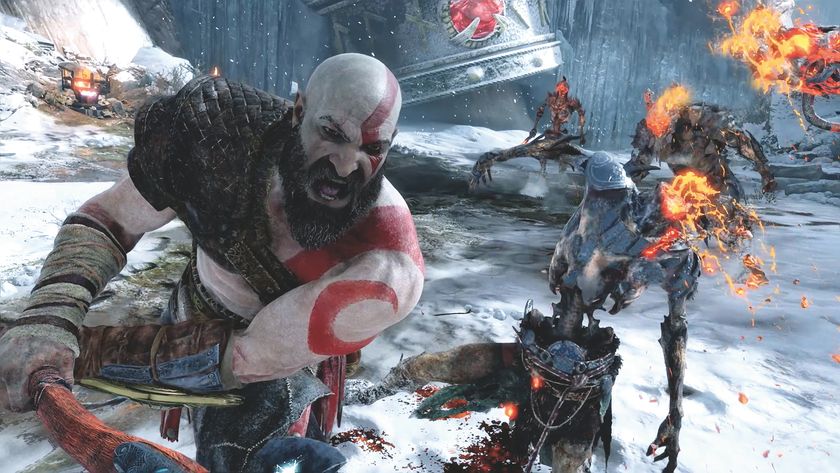
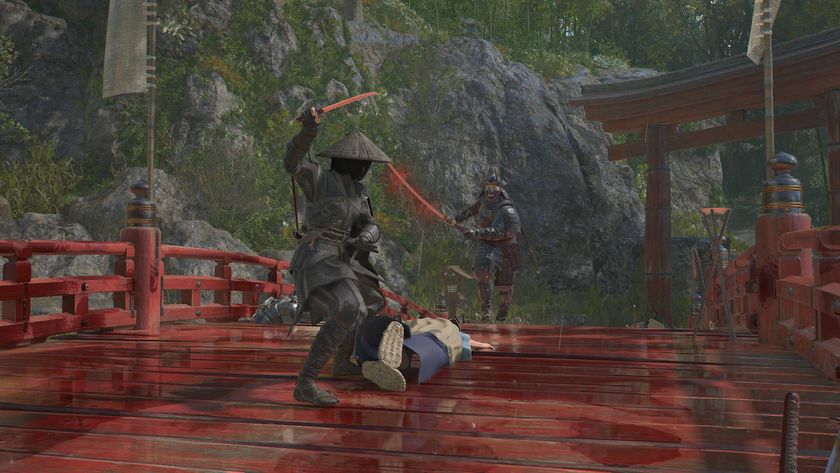
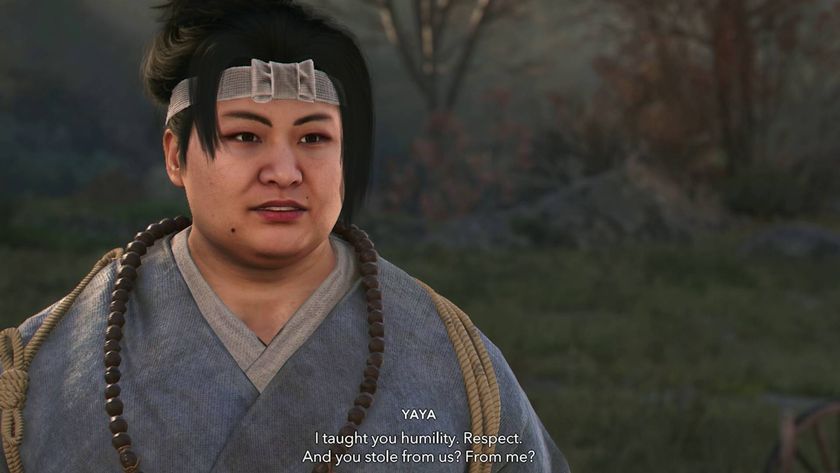
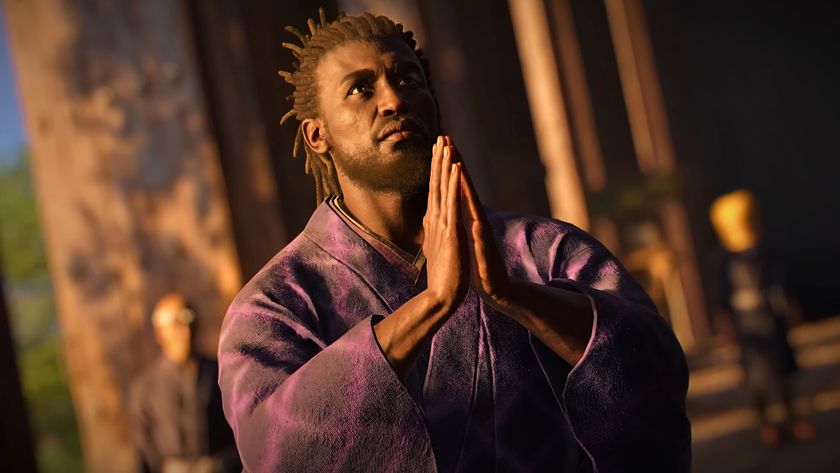

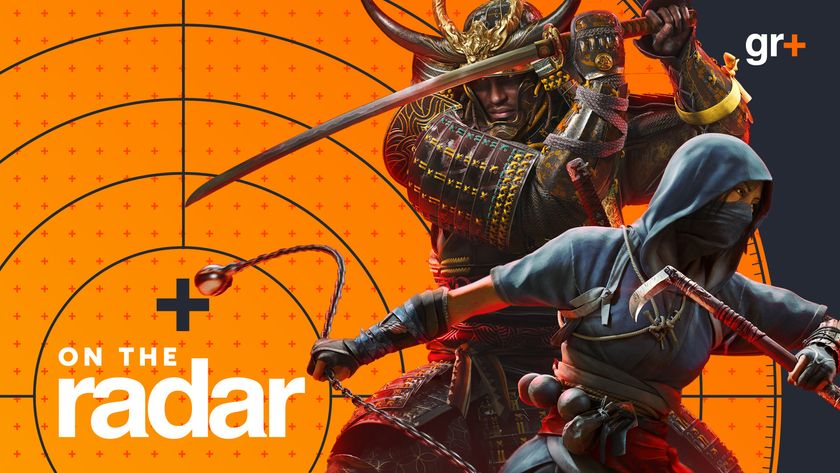


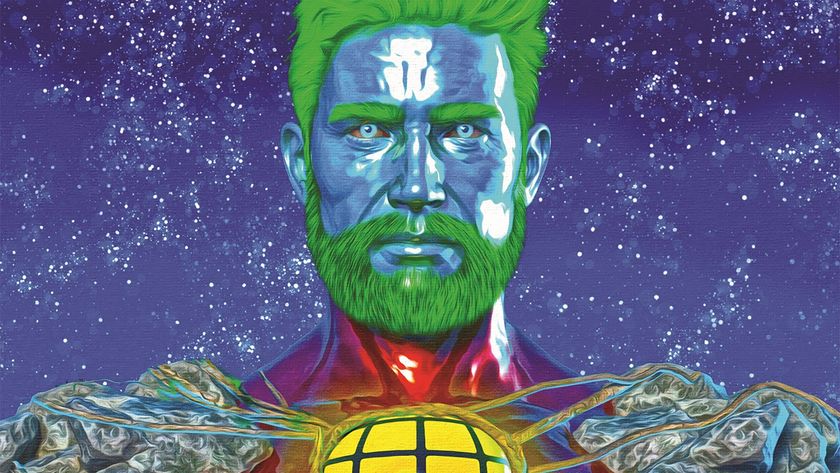
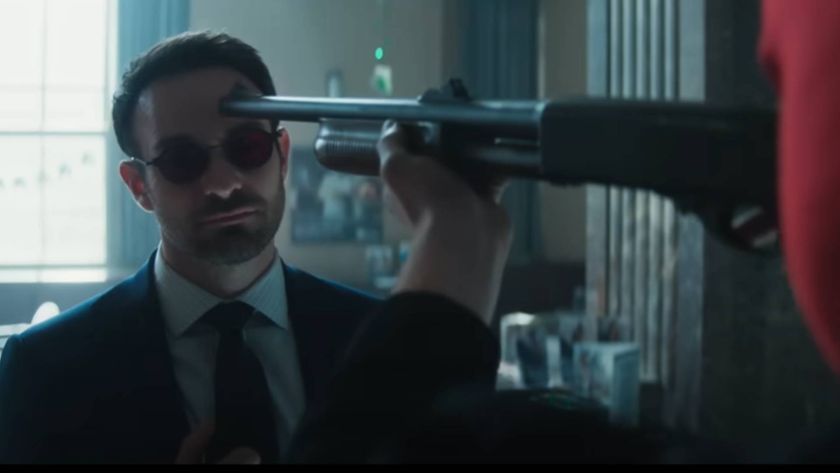
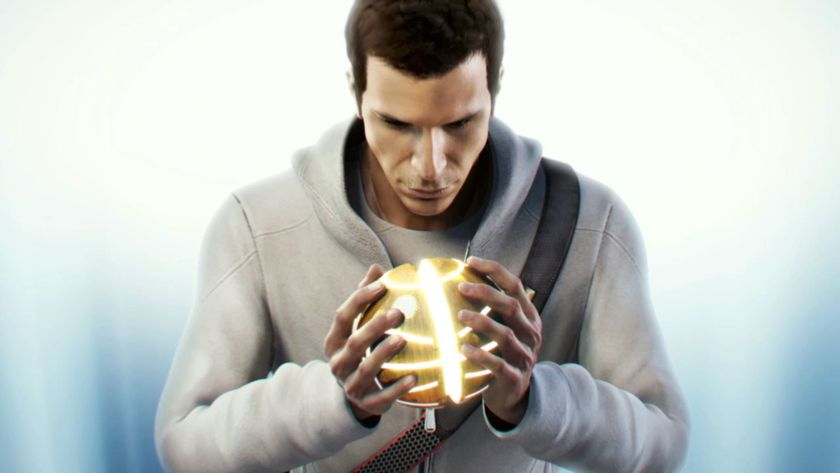
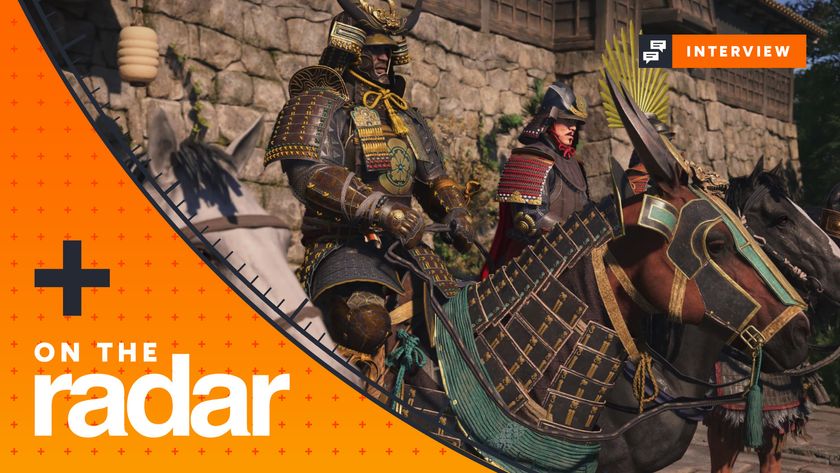

An Assassin's Creed Shadows fan is showing off some of the RPG's most impressive little details, and it's done more to get me interested than Ubisoft ever did

20 years later, God of War's original monster art has been revealed: behold this army of stick figures slapped on a whiteboard, no clue Kratos is coming for them

